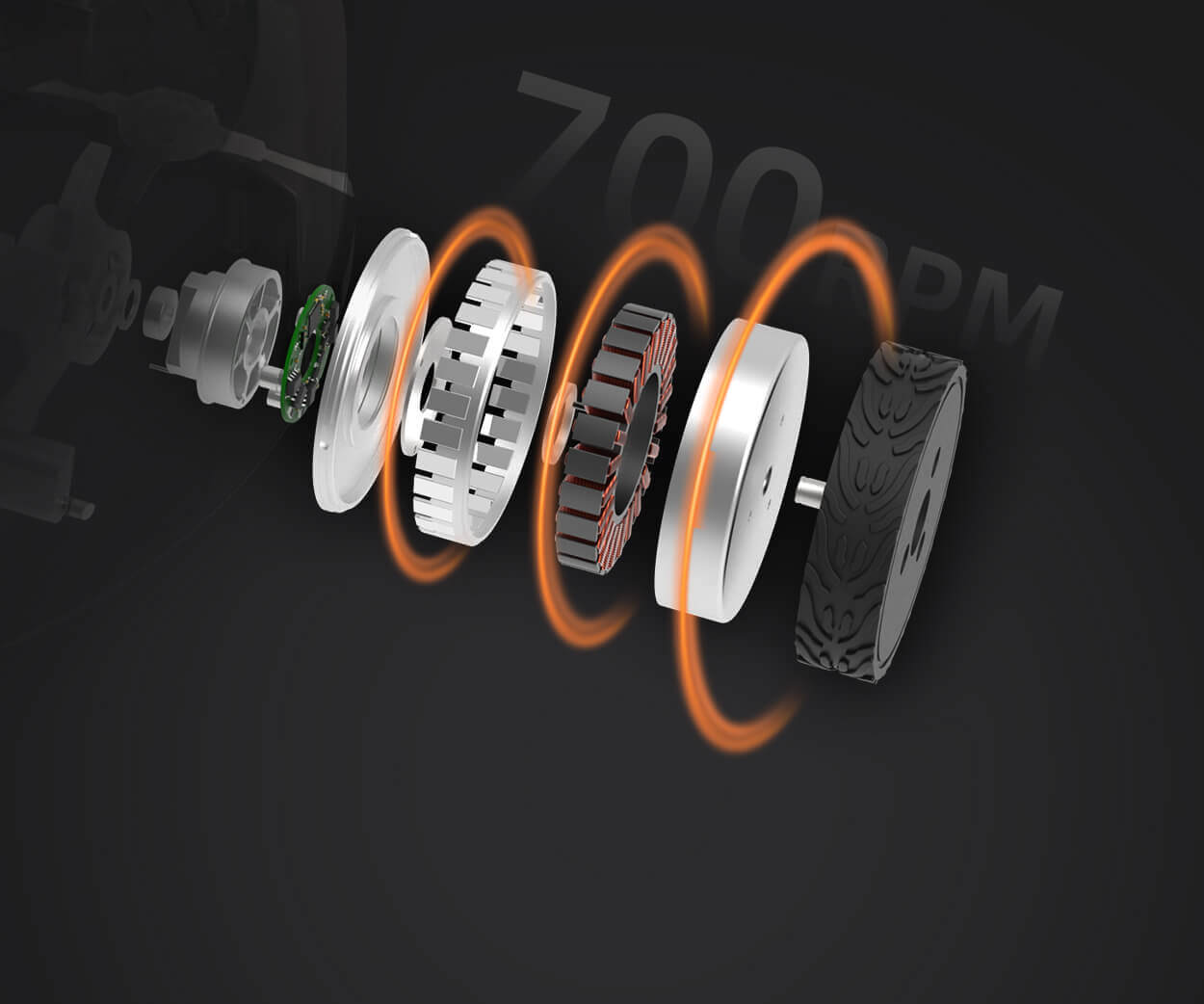Unveiling the Power of Gear Box Motors DC: The Heartbeat of Modern Automation
In the bustling world of industrial automation and robotics, machinery is only as good as the components that power it. One of the unsung heroes behind the silent, efficient operation of countless devices is the DC gear box motor. These specialized motors are a marriage of power, precision, and compact design—making them indispensable in everything from factory automation lines to advanced robotics.

At their core, DC gear box motors combine a direct current (DC) motor with a gear reduction mechanism, creating a system that delivers high torque at low speeds with remarkable reliability. Before delving into their versatility and why they are trusted worldwide, it’s helpful to understand what a gear box motor DC truly is.
The Anatomy of a DC Gear Box Motor
A basic DC gear box motor consists of two primary components:
The DC Motor: This is the primary source of rotary motion. DC motors are known for their simplicity, affordability, and ease of control. They convert electrical energy into mechanical energy through electromagnetic interactions, spinning at a certain speed depending on the voltage supplied.
The Gear Reduction Unit: Attached to the motor shaft, the gear box reduces the high rotational speed of the motor to a lower, more manageable speed while increasing torque. This gear system can be a series of planetary gears, spur gears, worm gears, or helical gears, each offering specific advantages suited for various applications.
The fusion of these parts results in a motor that spins slowly but delivers high torque—an ideal profile for tasks requiring force rather than speed.
Why the Need for Gear Reduction?
In many applications, high rotational speeds (sometimes exceeding 10,000 RPM in small motors) are unnecessary and even counterproductive. Instead, precise, controlled movement with substantial torque is required. For example, lifting heavy loads, rotating machinery parts, or positioning robotic arms demands a motor that provides power without spinning out of control.
The gear box addresses this need elegantly by converting fast, low-torque spins into slow, high-torque motion suitable for demanding tasks. It also ensures smoother, more precise operation, which is critical in robotics and industrial automation.
Advantages of Using DC Gear Box Motors
The appeal of DC gear box motors extends beyond their mechanical transformation. Here are some key benefits:
High Torque in Compact Size: Thanks to the gear reduction, these motors can produce impressive torque outputs while maintaining a small footprint—a vital advantage in cramped machinery spaces.
Precise Control: DC motors are inherently simple to control through voltage or current adjustments. When paired with a gear box, this control translates into precise positioning and movement—crucial in robotics.
Efficiency and Energy Saving: Modern gear boxes are designed to minimize power loss, ensuring optimal energy consumption and longer operational life.
Versatility: They can be tailored to specific needs by adjusting gear ratios, motor size, and types, allowing engineers to customize solutions for various industries—from automation conveyors to medical devices.
Durability and Reliability: High-quality gear box motors feature robust gears and sealed designs, ensuring longevity under demanding operating conditions.
Application Spectrum: How and Where Are Gear Box DC Motors Used?
The true power of these motors lies in their adaptability across industries:
Robotics and Automation: Robots need precise, controlled movements, whether it’s assembling tiny electronic components or lifting objects. Gear box motors give robotic joints the necessary strength and control for such tasks.
Industrial Machinery: From conveyor belts to CNC machines, these motors handle repetitive, heavy-duty operations efficiently and reliably.
Medical Equipment: In devices like surgical robots or imaging systems, precision and gentle control are vital—gear box motors excel here.
Aerospace and Defense: Their compactness and performance make them ideal for small, critical systems where every gram counts.
Home Automation: In smart home devices—like automated curtains, adjustable beds, or smart locks—gear box motors operate quietly and smoothly.
As we look to the future, the role of DC gear box motors is set to expand even further, driven by innovations in gear design, materials, and control systems. Adaptive gear ratios, digital controllers, and energy-efficient designs are pushing the boundaries of what these motors can achieve.
In the next part, we'll explore the technical considerations for selecting the right gear box motor, maintenance tips, and current innovations shaping their evolution—stay tuned for an in-depth look at the ongoing revolution in gear box motor technology.
Established in 2005, Kpower has been dedicated to a professional compact motion unit manufacturer, headquartered in Dongguan, Guangdong Province, China.




































